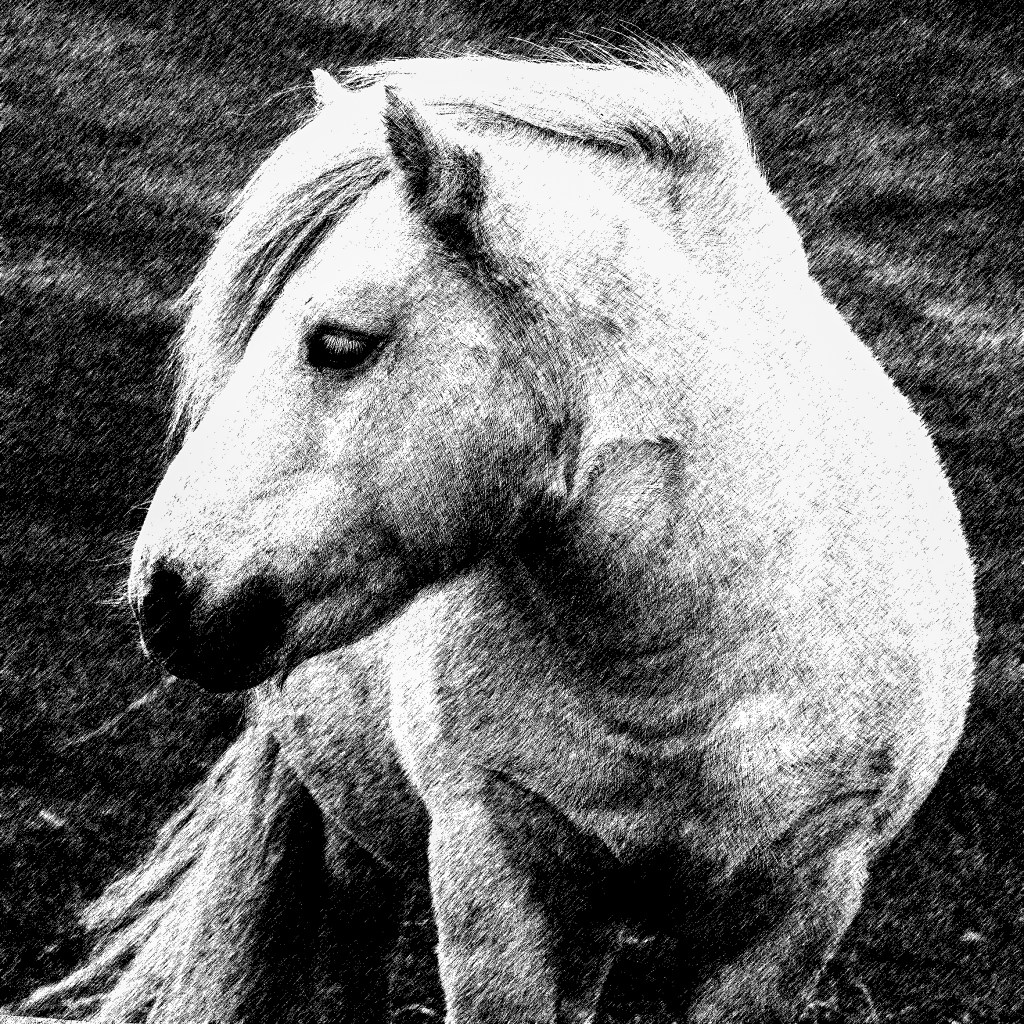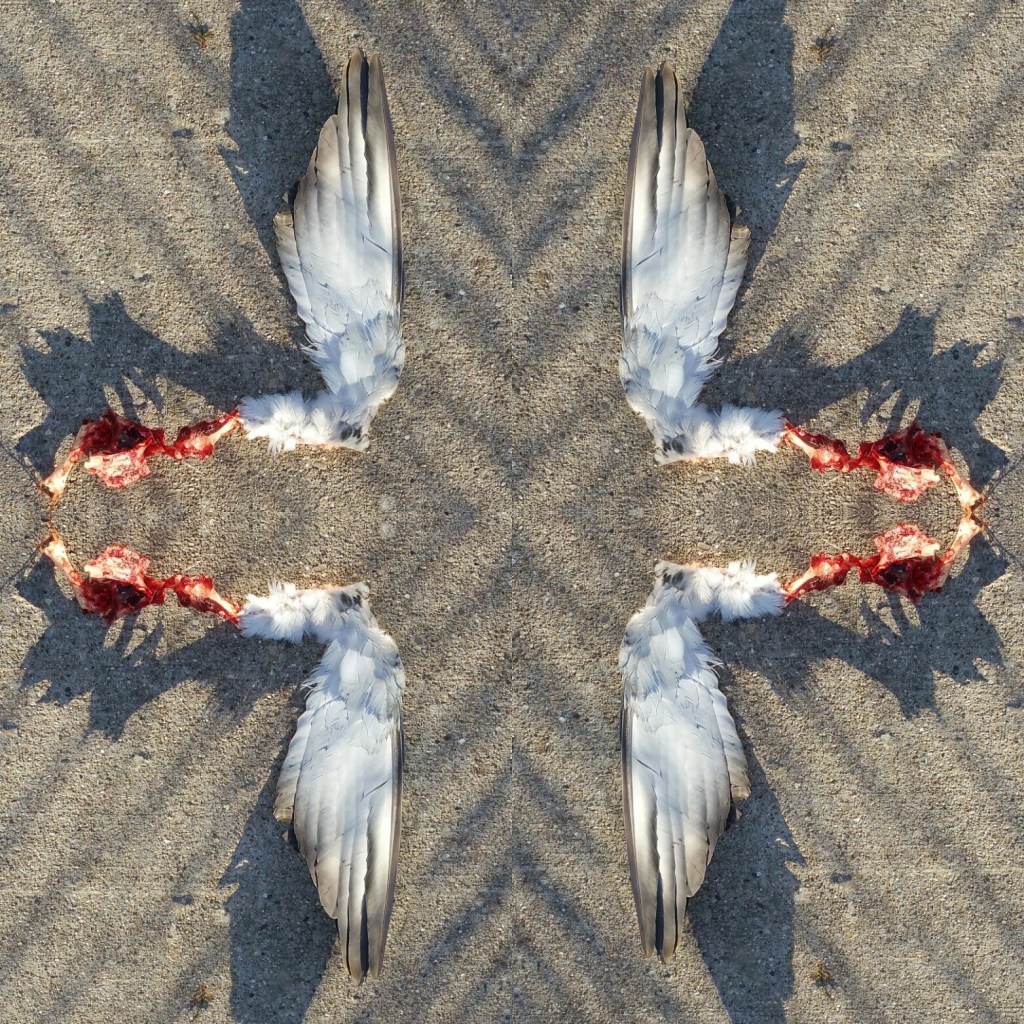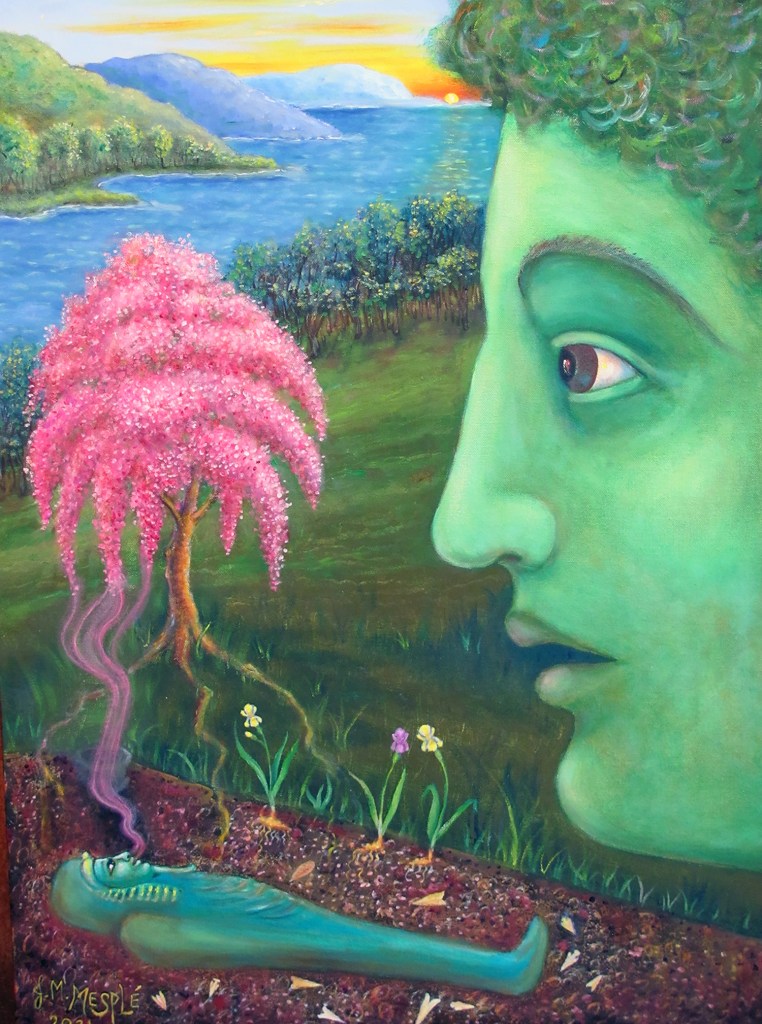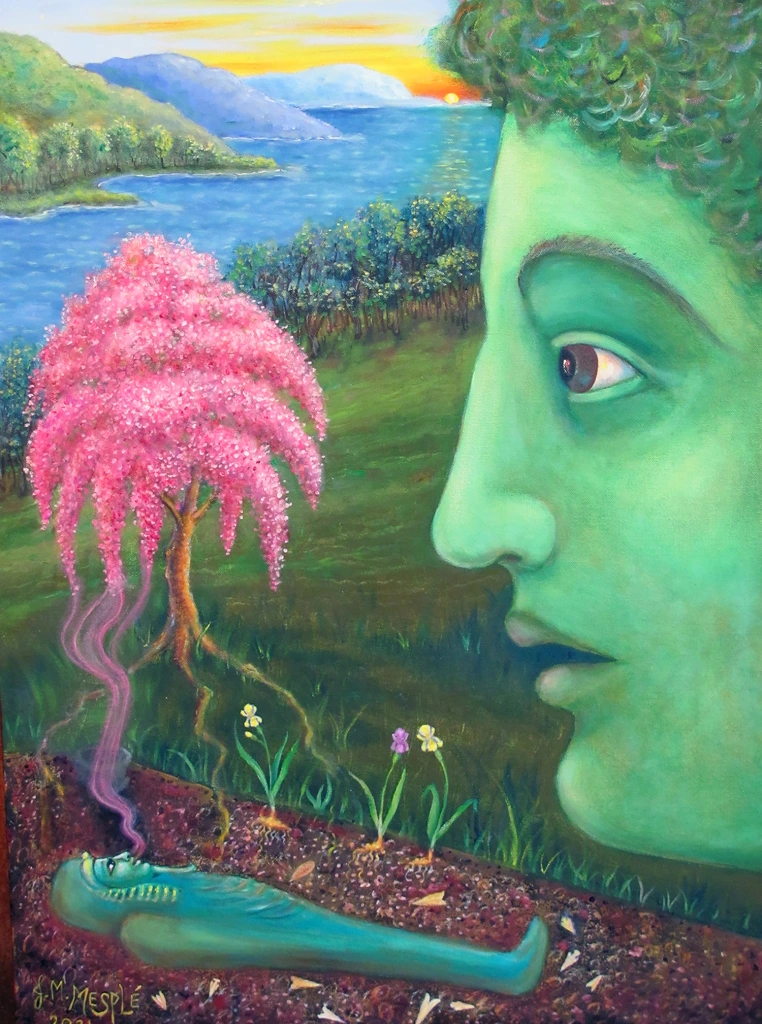.



Featuring
~ David Bechtol ~ James McNeill Mesple’
~ Nancy Bechtol
The Leslie Wolfe Gallery
1763 N North Park Ave 60614
proudly presents the legendary CSA
Exhibition | June 28 through August 5, 2022 Gallery Hours | Tuesday – Friday 10 AM – 5 PM | Saturday 10 AM – 1 PM
The Chicago Society of Artists is a non-profit organization established in 1887. Now well into its second century, CSA is the oldest continuing artist association in the United States. Early members of the Chicago Society of Artists including John Vanderpoel, Ivan Albright, Frances Badger, and LeRoy Neiman, established and maintained high standards for membership that continue today. Much of CSA’s renown is due to member versatility which includes painters, graphic artists, printmakers, photographers, sculptors, art critics, gallery owners, and art educators. After 135 years, CSA continues to play a significant role in the arts by providing opportunities for artists to share their art production and experiences through a continuing series of exhibitions and educational programming.
All Invited to view this historic group show. Artists in exhibition:
Jose Agustin Andreu, Jon W. Balke, Norman Baugher, David Bechtol, Nancy Bechtol, Shel Howard Beugen, Kathryn A. Budd, Catherine Cajandig, Barbara Eberhard, Anne Farley Gaines, Kathryn Gauthier, Corrie-Lou Livingston Glass, Sandra Holubow, Nikkole Huss, Patricia Coffman Huss, Robert J. Johnson, Gregorio Mejia, James McNeill Mesple’, BettyAnn Mocek, Jacqueline Moses, Donna Nevels, Didier Nolet, Deanna Withers Rallins, Sandra Reibscheid, Gloria Rigoni, Robert Schiltz, Jack Siegel, Jane Stevens, Michael Veltman, John Pitman Weber, Richard Werle, William F. Whiteside, Pat Wright
~~~~~~~~~~~~~~~~~~~~
David Bechtol Artist Statement

Photography is an integral part of my life. Each image captured attempts to take the viewer on a journey, to transport them to that place of wonder and grandeur as I experienced it, to feel the sense of awe, beauty and peacefulness.
As a boy growing up in rural Michigan, I had many chances to take long, slow walks in the forest, soaking in all the beauty a child sees in nature. Now I use photography to slow down life and try to take in all that nature has to offer as I once did those many years ago.
I am a self-taught photographer and have studied the photographic process for over 40 years. My interests include the digital realm where my technical background lets me exploit all that the camera can capture.
Throughout my travels, I try to bring back and share a vision of some of the awe-inspiring vistas I encounter. No matter where you are in the world, nature’s extraordinary beauty is around every corner.
I believe that great images are always around us. They are ours to capture with our vision and share with the world.
~~~~~~~~~~~~~~~~~~~~~
James Mesple’ Artist Statement

This painting was inspired by the poem “Renascence” by Edna St. Vincent Millay. Ancient Myths, Poetry, and Music inspire my visionary, narrative paintings. As a child, my maternal grandfather told me stories drawn from his Osage (Native American) heritage, creating a bridge to the Classical world, since both cultures are animistic seeing Spirits in everything.
~~~~~~~~~~~~~~~~~~~~~
Nancy Bechtol Artist Statement

Chicago woman artist whose work spans several media, decades and styles. This work has natural formations but you also get the sense of the urban. They contain their own universe. You see an intensity .
Earlier in her career, she studied painting with Don Baum, artist and curator, and was influenced by the Hairy Who, and the Chicago Imagists. With an MFA from the School of the Art Institute of Chicago, she was inspired and mentored by pioneering video artist Phil Morton, founder of the Video Area. “My art is really a mixed bag. I adapt to whatever works for the concept. I work in digital media, photography and video, both experimental and documentary style. As an artist I often reinvent myself.”
.






